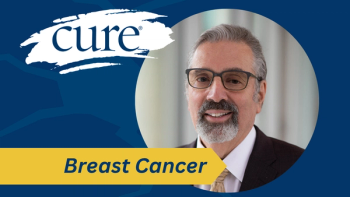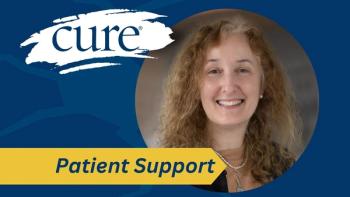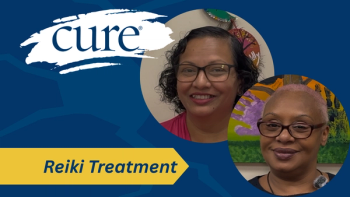
CAR-T Cell Therapy Demonstrates Similar Survival Across Socioeconomic Status in Children With Blood Cancer
Though remission rates for children who underwent CAR-T cell therapy did not differ based on socioeconomic status, accessibility gaps remain.
Children with relapsed/refractory acute lymphoblastic leukemia living in poverty achieved similar outcomes to those from more advantaged households when treated with CAR-T cell therapy, according to a recent study.
Previous research has demonstrated
In this study, researchers sought to evaluate if that would hold true when treating children with CAR-T cell therapy.
“In the upfront setting, we know that children living in poverty and from historically marginalized populations have inferior survival outcomes,” said Dr. Haley Newman, lead author on this study and fellow in pediatric hematology oncology at the Children’s Hospital of Philadelphia in Pennsylvania, in an interview with CURE®. “We wanted to understand if this is mirrored in the relapsed/refractory setting so that we can begin to understand how we could intervene to improve disparities.”
Study results, which were published in the journal Blood, demonstrated a 93% complete remission rate (the disappearance of all signs of cancer in response to treatment) in the overall study population, with no significant difference between children living in poverty and lower neighborhood opportunity and those not.
Of the 206 patients included (aged 1 to 29) 35.9% were household poverty exposed (children with public insurance) and 24.9% had low neighborhood opportunity (access to resources that influence children’s health and development).
Data analysis showed patients from low neighborhood opportunity were more likely to experience a relapse compared to others. Those from more advantaged households and neighborhoods received CAR-T cell therapy with a higher disease burden.
Although the study was conducted at only one institution, co-author Dr. Allison Leahy noted that these results reassure the idea that CAR-T cell therapy may improve survival for children with acute lymphoblastic leukemia, regardless of socioeconomic status.
“Although this is only a single institution, we think the results are very reassuring that CAR-T cell therapy seems to help improve outcomes for children with relapsed/refractory leukemia regardless of socioeconomic status,” Leahy, who is an assistant professor in the division of oncology at The Children’s Hospital of Philadelphia, said in an interview with CURE®. “We hope clinicians will broadly consider supporting families and advocate for access to CAR-T, and that we can partner with patients and families to consider interventions that would help improve access and outcomes.”
As Leahy mentioned, the outcome is positive, but the challenge of accessibility remains. It can be difficult for families to access other precision medicine treatment options; Newman noted that families should communicate with their care team about the support they need during treatment.
“We need to work to help more families gain access to CAR-T cell therapy and for equitable access to precision medicine and immunotherapies in general,” she concluded. “This will require strategies at many levels, including asking families how we can best support them, and advocating for policies to make this happen.”
For more news on cancer updates, research and education, don’t forget to





